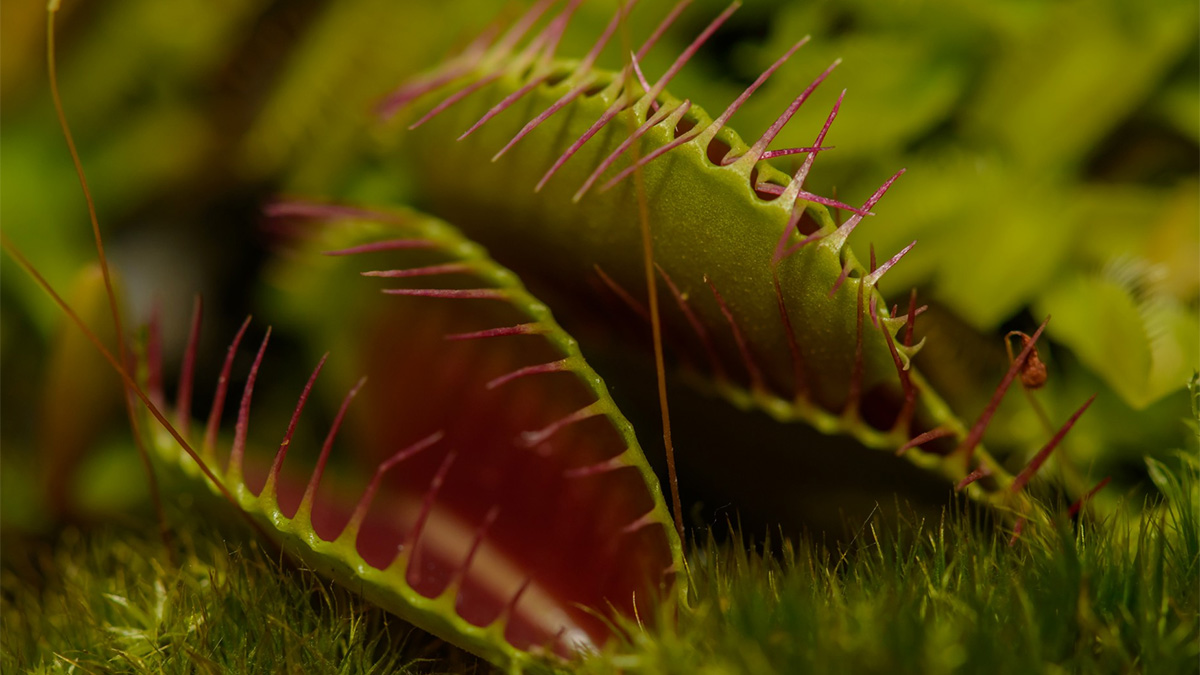Simple Care Tips for Growing a Venus Flytrap

The Venus flytrap is a fascinating and fun plant to grow at home, but it does have specific care needs. With the right light, water, and soil, you can keep this unique carnivorous plant healthy and thriving.
Why choose a Venus flytrap
The Venus flytrap is one of the most unique plants you can grow at home. Known for its jaw-like traps that capture insects, this plant offers a fun and interactive growing experience. It’s suitable for both beginner and experienced plant owners looking for something a little different.
Choosing the right Venus flytrap
To start successfully, purchase your Venus flytrap from a reputable nursery or specialist seller. Healthy plants should have bright green leaves and functional traps that snap shut when touched. There are several named varieties available, but most home gardeners start with the common type, which grows well in typical household conditions.
Providing proper light conditions
Venus flytraps thrive in bright, direct sunlight for at least four to six hours a day. Outdoors is ideal if temperatures allow, but a sunny windowsill can work indoors. If your plant’s leaves are pale or traps are slow to form, it likely needs more light.
The right soil and potting mix
Unlike many houseplants, Venus flytraps prefer nutrient-poor soil. A simple mix of sphagnum peat moss combined with perlite or coarse sand provides the drainage and acidity they need. Avoid regular potting soil, as fertilizers can harm or kill the plant.
Choose a plastic or glazed ceramic pot with good drainage holes to help maintain the correct moisture levels. Repotting every one to two years helps prevent soil compaction and encourages healthy growth.
Watering your Venus flytrap correctly
Water your Venus flytrap using only rainwater, distilled water, or reverse osmosis water. Tap water often contains minerals that can build up in the soil and harm the plant. Keep the soil damp but not soggy, using the tray method by keeping a shallow dish of water under the pot during warm months.
In cooler seasons, reduce watering slightly, allowing the top layer of soil to dry before rewatering. Avoid misting the plant, as this can promote fungal growth.
Feeding your Venus flytrap
Your Venus flytrap will catch its own food outdoors, but if grown inside, you may need to feed it. Offer live or freshly killed insects such as small flies, spiders, or ants, feeding one or two traps every few weeks. Avoid feeding human food, as this can rot and damage the traps.
Each trap only closes a few times before dying back, so do not trigger them unnecessarily. Healthy plants typically catch enough food on their own when kept outside.
Seasonal care and dormancy
Venus flytraps naturally enter dormancy during winter, usually from late fall to early spring. Growth will slow, and some leaves may die back, which is normal. During dormancy, reduce watering and place the plant in a cooler spot, such as an unheated garage or basement, with minimal light.
Resume regular care when new growth appears in spring. Allowing your plant to rest during winter is important for long-term health and survival.
Common issues and troubleshooting tips
Blackening traps often indicate old age or stress but can also result from overfeeding or poor watering practices. Trim dead traps to keep your plant tidy. If your Venus flytrap stops producing traps or looks weak, check its light exposure and water quality.
With the right environment and care, your Venus flytrap can thrive for many years. Keeping a simple routine and avoiding overfeeding are key to long-term success.
Conclusion
Caring for a Venus flytrap is simple once you understand its basic needs. With proper light, distilled water, and seasonal care, your plant will reward you with healthy growth and snapping traps for years to come.
